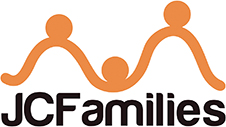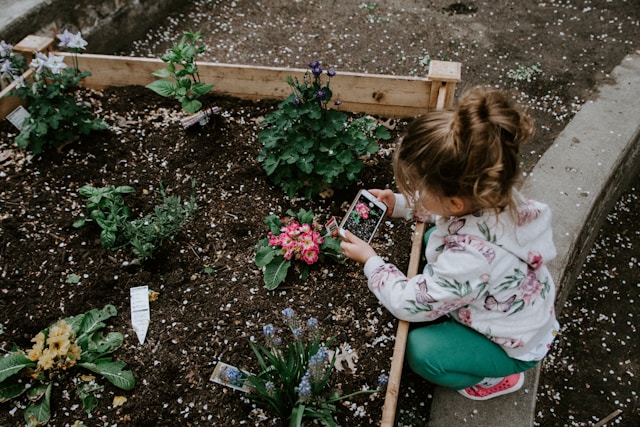Back in September, when bombs exploded in trash cans around New York and New Jersey, I called (who else?) my sister. At the time, her city (Charlotte, NC) was reeling from the death of Keith Scott, a black man fatally shot by the Charlotte Police Department. In both of our cities, racial and ethnic differences and presumptions seemed to be on everyone’s minds.
Like moms across the country, my sister and I contemplated what (if anything) to say to our little ones about race, diversity, and the United States of America. We desperately wanted, like generations of mothers who came before us, to raise children who could be kinder and carry less prejudice than the generation before. But how?
I didn’t want to scare or create anxiety in my children by bringing up issues that they couldn’t possibly understand. But at the same time, I didn’t want them to overhear confusing discussions by perfect strangers on the Light Rail. So maybe I should just answer whatever questions they might bring up instead of saying anything preemptively? Would that work? And then I could try to answer them in a way that makes sense to them. You know, like be honest but not traumatizing.
None of this was in the manual.
So I sat down with child and family therapist, Divya Dodhia for some guidance. Long conversation short, there are no easy answers. (You’re welcome.) Most of her advice was preemptive, but not in an event-specific way. Her advice centers around the ways we talk to our kids in general – how we interact with them. Here’s some of the greatest hits:
- These are the conversations we need to be having. It’s our job to be able to stand up to injustice, in whatever form that takes – whether it’s racism or mental health or whatever the case is.
- Talk at their level. Use examples from their own lives. When a person is discriminated against, that means the person is being left out. They’re so young, they won’t understand racism, or xenophobia. But they do understand feeling left out. Or bullying. Start there.
- Begin with very small with very basic concepts of humanity. Start with simple things such as empathy and making good choices. Get them to think about how the other person feels.
- Use these conversations to encourage and explain empathy. Empathy is so important. Let’s say for example your child hears someone saying this or that about the police. It’s confusing for that child. A conversation with your child is the key to truly understand what they are thinking. Situations that create conflict are not easily resolved all the time. Tell them that not everyone will have the same experiences and that a lot of what people say is based on their own personal experiences.
- Talk about feelings and the choices that go with them. What can you do with the experiences that you have? Let them bring up the examples. You might ask, “Can you think of a time when you felt ____? Then what happened?”
- Help your child understand that just because one person thinks one way, not all the people think this same way.
- Teach simple skills such as sharing and using kind words and even using your manners such as hi, hello, and goodbye. It’s a foundation of you being a human being. You can take it to the next level and talk about what it means to be nice.
- Instill that good choices lead to good consequences. Even at a young age, they have a right make your own choices, but they also have to deal with the consequences, and those consequences might impact other people. You can do this outside of these larger conversations, and you should. Use examples like ‘If you don’t wake up and brush your teeth, how do you think the rest of the day is going to go for you?”
- Replace “Don’t do that” or “Don’t say that,” with “How do you think this person is going to feel if you do that?”
- Remember that behavior is a method of communication. Children have a difficult time articulating feelings, especially when they have negative feelings like guilt, fear, or embarrassment. Learning how to deal with those are the foundations. Anger is normal, but how you display it matters.
- Give them the language. For example, you might say, “People from different parts of the world will have different foods, different cultures, and look different – that’s called diversity.”
- Be a positive role model yourself. Model behavior that shows kindness, respect, and acceptance of others.Talk to you children about how they can have a positive impact on their schools and community.
- Give them the voice to share their thoughts and feelings with you. Ask them questions.
- Limit their exposure of negative social media.
- Strengthen their core beliefs of mutual respect, and kindness.
- Provide experiences where they are exposed to diversity, and help them feel safe, optimistic and motivated that they can make a difference, and they are part of this world.
Divya Dodhia is a child and family therapist.
Mel Kozakiewicz is an editor, writer, and educator.




